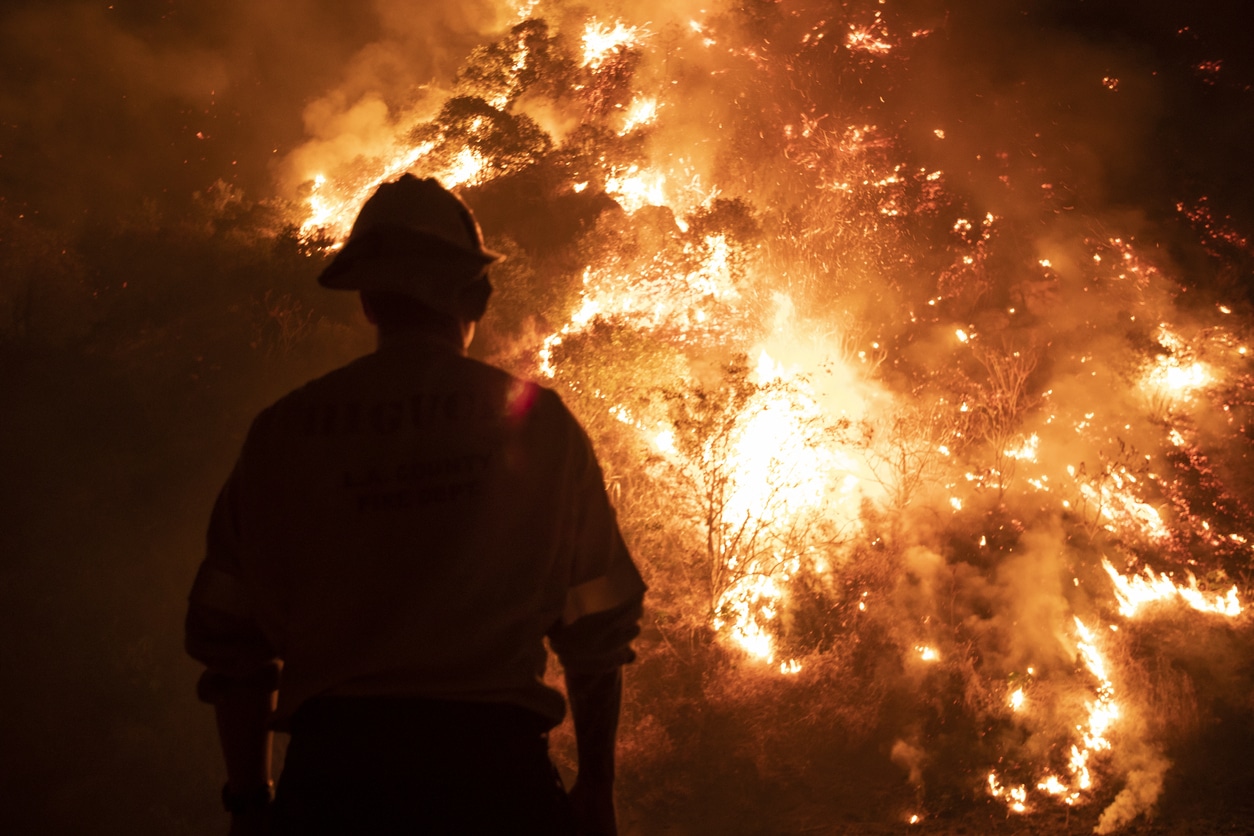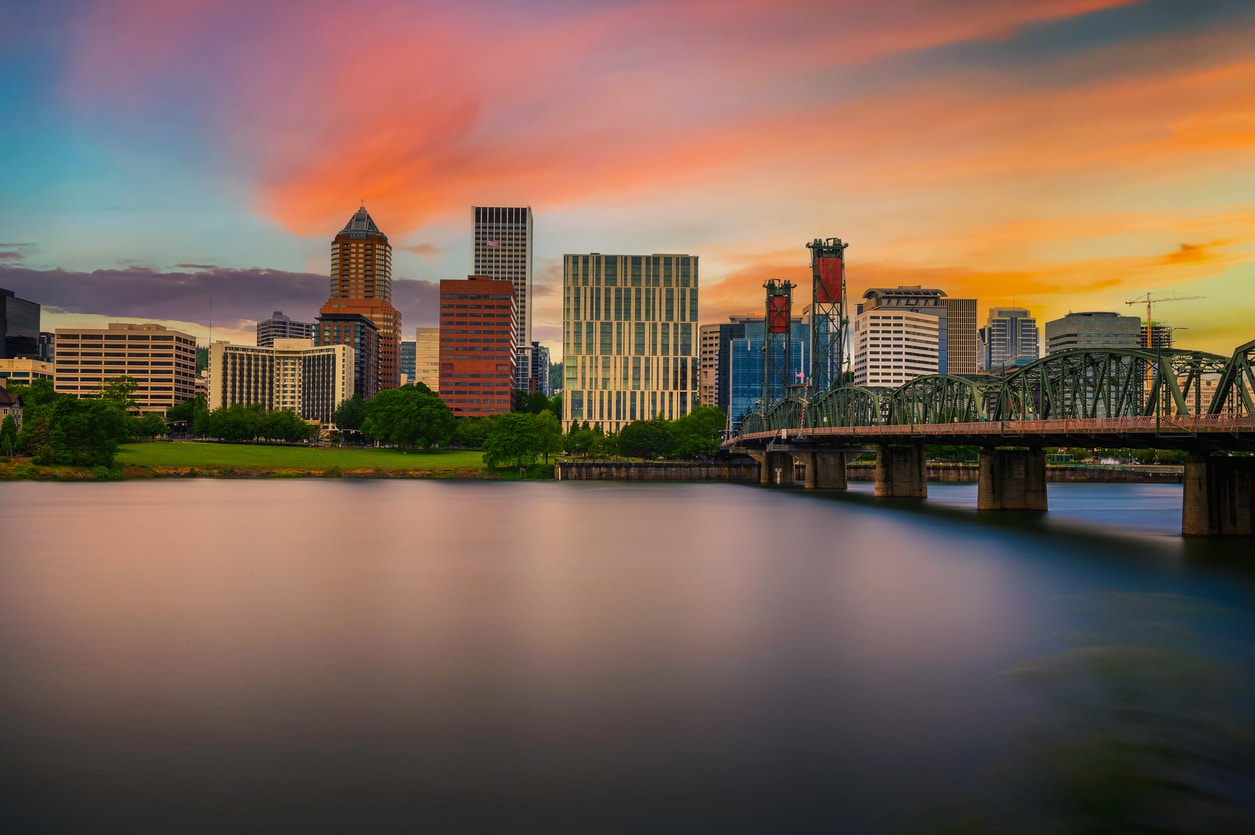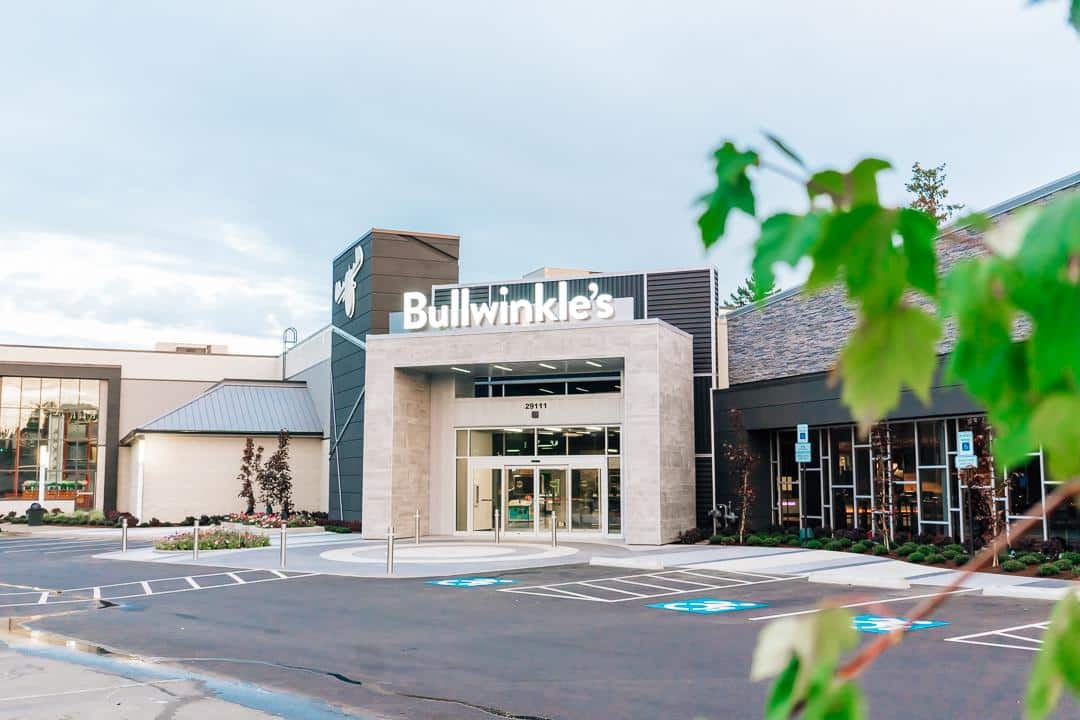Top 6 Portland Natural Disasters: Is Your Home at Risk?

Portland: a fantastic place to live, on many levels. But like any fantastic place to live, it comes with its own risks, and natural disasters are a part of the bargain. The threat of natural disasters looms large on the West Coast in general, and Portland is not immune.
Oregon’s Department of Land Conservation and Development identifies six natural hazards it prepares for: tsunamis, coastal erosion, earthquakes, floods, wildfires, and landslides. Two of these, tsunamis and coastal erosion, mainly apply to the coast. So let’s take a deep dive into the remaining four, all of which threaten the Portland metropolitan area.
Before we scare you off, though, remember that preparedness is the key – and that the state of Oregon values preparedness. Whether you’re concerned about the status of your current home or are looking to purchase a new property, you can take steps to stay informed and prepared for the elements.
Risk #1: Portland Floods
The threat: Portland is famed for its heavy rainfalls. Accordingly, low-lying areas are susceptible to flooding during periods of heavy rainfall. Let’s take 1996 as an example. In that year, heavy spring rains combined with heavy snowmelt to overwhelm local waterways, causing significant flooding. While widespread flooding remains uncommon in Portland, homes in a floodplain will always be more at risk. Should you purchase a home in a floodplain, you will need to pay more to insure the home for flood damage.
The solution: When possible, don’t purchase a home in a floodplain. A qualified real estate agent should be able to advise you on this front. If you’re looking into a home located in a floodplain, make sure it’s one with a raised foundation. If you currently own home is located in a floodplain, you’ll want to have sandbags ready in the event of a big storm.
The resources: The City of Portland’s Environmental Services offers an excellent map for checking out your home’s susceptibility for flooding. You can use the layers to see FEMA’s 100 and 500 year predictions. For more information on Oregon’s plans for mitigating flood hazards, check out the state’s Flood Technical Resource Guide.
Areas to watch out for: Low-lying properties along the Columbia and Willamette Rivers; low-lying areas around Johnson Creek in Southeast Portland.
Risk#2: Oregon Wildfires
The threat: Just a few short years ago, the thought of wildfires threatening Portland seemed outlandish. But the summer of 2020 brought a disturbingly active wildfire season, affecting homes as close to Portland as Sandy and parts of Clackamas County. The Oregon Department of Forestry reports that average wildfire acres burned across the state have increased consistently over the past two decades. While the majority of these acres burned because of lightning strikes, 70% of the number of fires were human-caused.
Now, the likelihood of a wildfire making it all the way into Portland city proper is still pretty low. But as anyone who stuck around Portland during wildfire season in 2020 knows, the danger extends to air quality. Breathing in the smoky air becomes hazardous quickly.
The solution: Unfortunately, wildfires are a force of nature greater than us measly humans. But there are things you can do to prevent human-caused fires. Check the City of Portland’s fire blog for updates on burn bans and advisories – and follow them. Don’t give in to the temptation of illegal fireworks. And for those more susceptible to wildfires, try integrating fire resistant plants into your landscaping. To lessen the dangers of smoke inhalation, make sure your windows are secure and up to date. Bonus: you’ll lower your energy bills and increase your Home Energy Score!
The resources: Check out the Wildfire Technical Resource Guide for more detailed information. You can also investigate Oregon’s Wildfire Risk Explorer. Type in an address or select one on the map, and you can download a report on your home’s risk level.
Areas to watch out for: Eastern Multnomah and Clackamas Counties. In Portland proper, the area with the most fires is Northwest – including Forest Park.
Risk #3 – Landslides
The threat: When you hear the word landslide, do you mostly think of huge rivers of mud taking over whole neighborhoods or highways? You wouldn’t be alone, as that’s the kind of landslide that makes the news. But smaller scale landslides are actually extremely common and can affect any home that has a steep slope on the property. And surprise, surprise – they can be triggered by heavy rain, which we all know Portland gets plenty of. Landslides, even small ones, can cause serious structural damage to homes.
The solution: Luckily, savvy homeowners can prevent landslides on their property by staying vigilant. If you’ve got a steep slope on your property, check regularly for foundation cracks, sagging porches, or other evidence of structural shifting. Don’t over-water slopes; instead, plant deeply rooted plants that need little watering. Don’t add “fill” – extra soil – to the top of slopes. You can also build a retaining wall at the base of a slope to shore it up. When in doubt, get an engineer involved.
The resources: The Oregon Department of Geology and Mineral Industries produces an excellent interactive map for Multnomah County. View where landslides have happened in the past as well as predicted landslide susceptibility. Don’t live in Multnomah County? Check out the SLIDO map instead, which is similar but statewide. Also check out this Landslide Fact Sheet.
Areas to look out for: Hilly areas of Southwest and Northwest Portland, as well as eastern parts of Gresham.
Risk #4 – Earthquakes
The threat: No doubt you’ve heard of the “big one,” the earthquake that experts predict will eventually hit us. A huge fault sits off the Pacific Northwest, the Cascadia Subduction Zone. Whether there will ever be one, distinct “big one” remains to be seen. But research in recent decades certainly points to a likely increase in seismic activity.
The solution: The best thing you can do to reduce risk of earthquake damage is to seismically retrofit your home. There’s nothing you can do to prevent an earthquake; what you can do is make sure your home is as ready to withstand the event as possible.
The resources: Check out our retrofitting guide for more information on how to prepare your home for an earthquake. We’ve also rounded up the best earthquake maps for your research. You can also sign up for ShakeAlert, a new early warning system.
Areas to look out for: All of the Pacific Northwest, including Portland and its suburbs.
Is Portland Safe from Natural Disasters?
Portland, like any other location, has its fair share of risk when it comes to natural disasters. But the steps we outlined above comprise the best ways to mitigate risk to your home. When in doubt, don’t hesitate to consult a professional. And that includes real estate agents! A great agent won’t have the expertise of a structural engineer, for example, but they will be able to tell you if the home you’re looking at sits in the floodplain. Contact our top 1% buyers agents today, and we’ll get you into a fantastic – and safe – new home!


